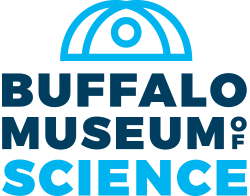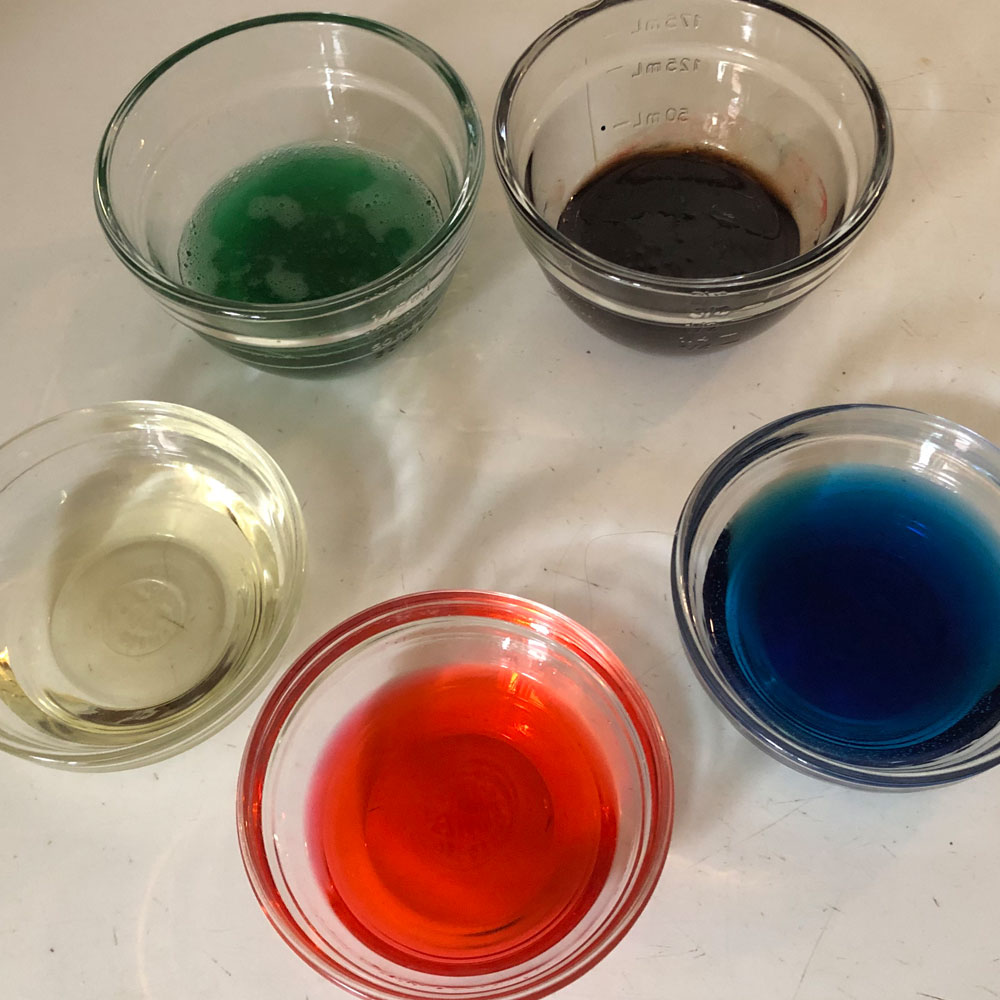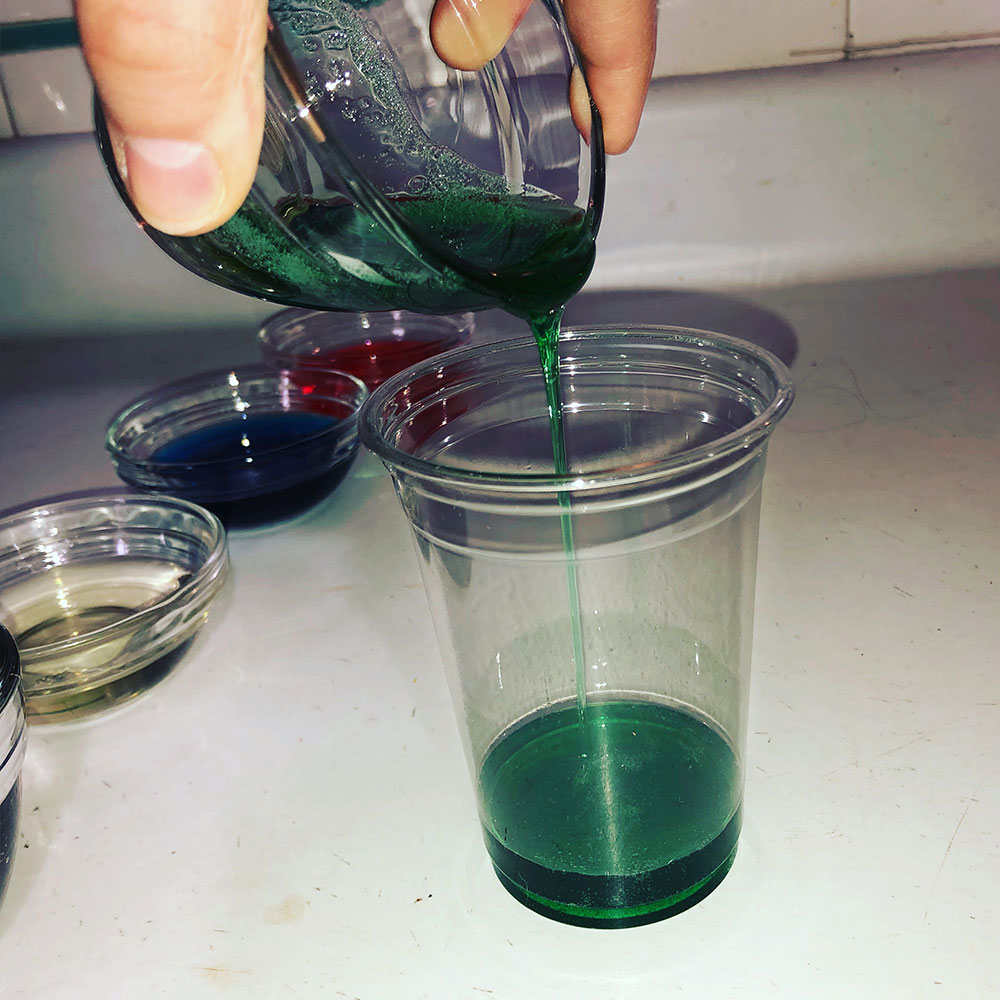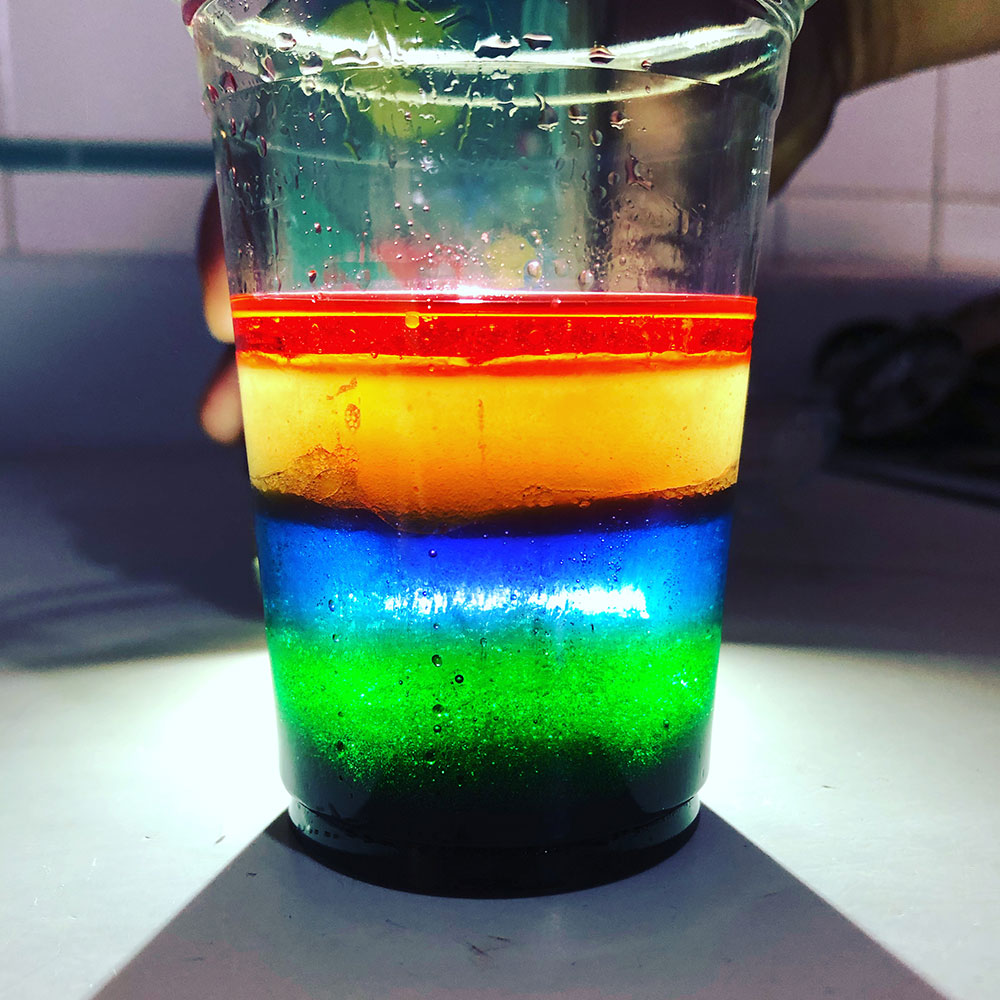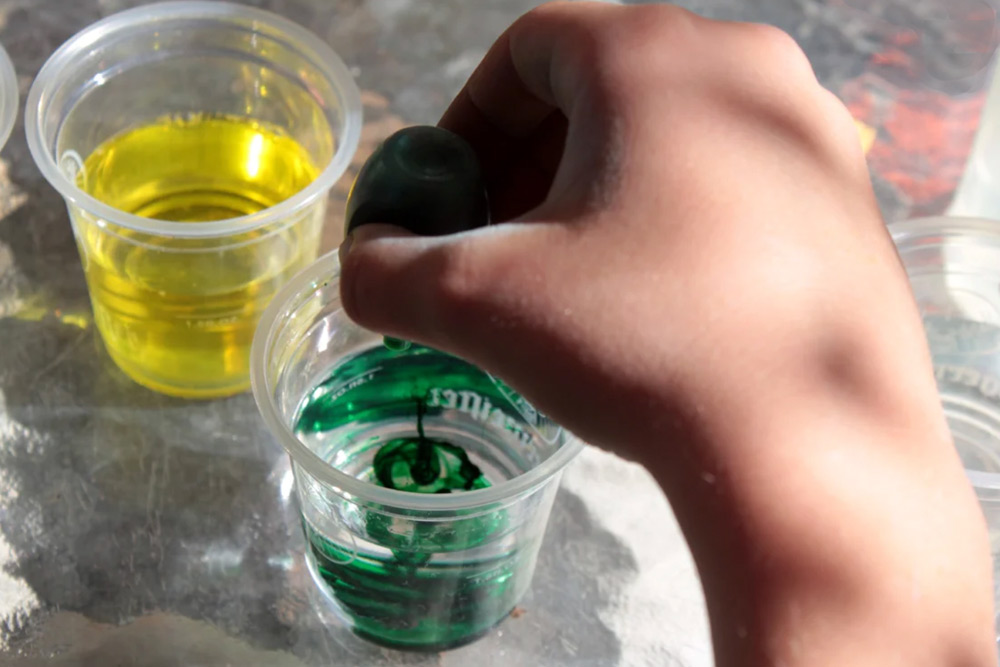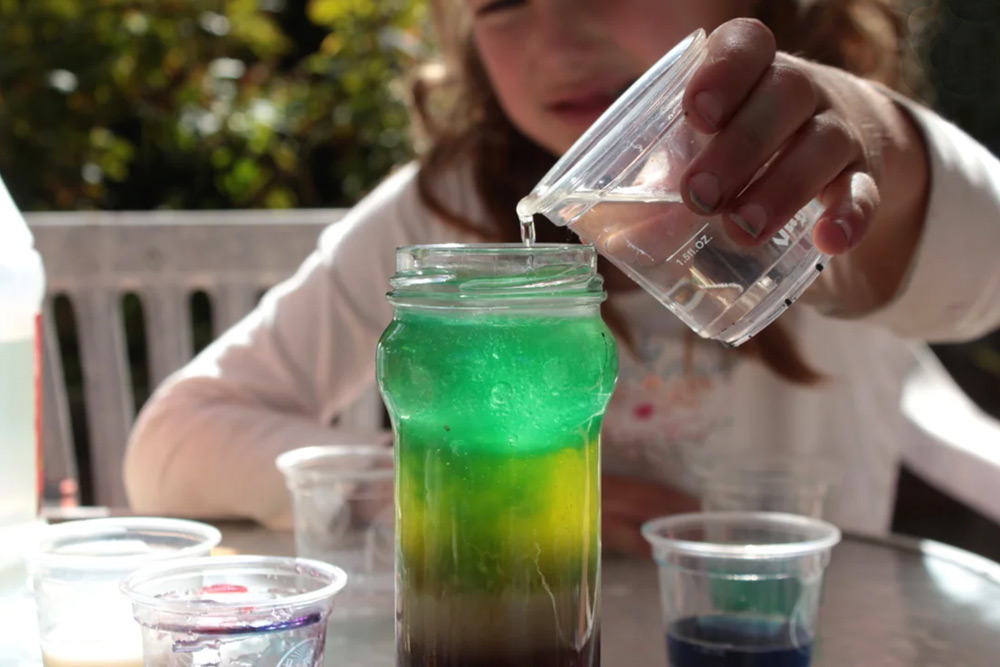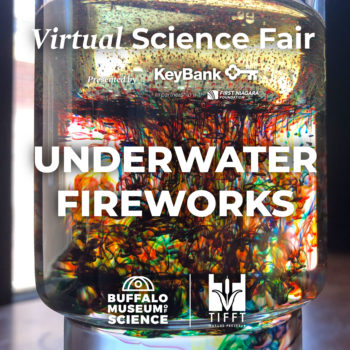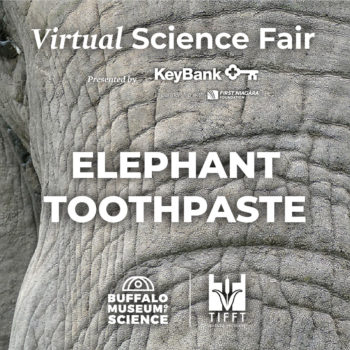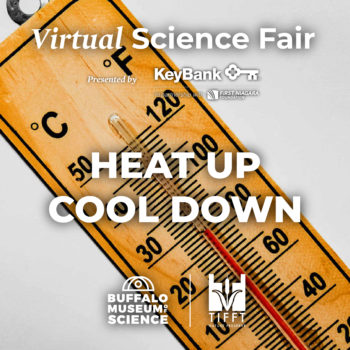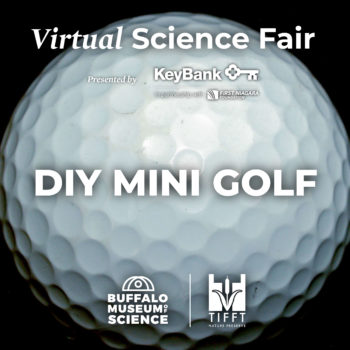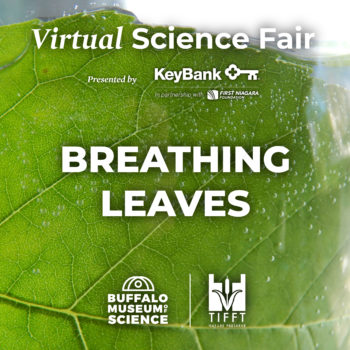Density Rainbows
Have science fun as a family! Complete activities with parental supervision.
Materials:
- 1 pack of food coloring
- 5 different liquids*
- 5 small cups or containers
- 1 clear 8-oz cup or glass
* Try whatever you have on hand. Do not use chemicals or cleaning agents.
Procedure
-
Add a small amount (3-4 tbsps) of each of the 5 liquids to the small cups with just one type of liquid in each cup.
-
If needed, add food coloring to each of the liquids to give each liquid a distinct color. Otherwise, you can rely on the different colors of the liquids to create a natural rainbow.
Note: most food coloring does not dye oil! Can you guess why? -
One at a time, pour each liquid into the clear 8-oz cup. Before pouring each liquid, predict where it will end up.
-
Continue with the other liquids, one at a time. What are you noticing? Recommended pouring order: dish soap, honey, vegetable oil, water, rubbing alcohol.
-
Stand back and admire your density rainbow! Be sure to take a picture to share in the Facebook comments on the Buffalo Museum of Science or Tifft Nature Preserve pages!
What’s it all about?
Density is a comparison between an object’s mass and its volume. Basically, it measures how much stuff is smushed into a given area.
Density = Mass/Volume
Based on this equation, if the weight (or mass) of something increased, but the volume stays the same, the density increases. If the mass decreases, but the volume stays the same, the density decreases.
Try It!
The same amount of two liquids can have different densities depending on how much matter is packed in to the liquid. Liquids with a higher density will sink below liquids that are less dense.
Temperature affects the density of a material. When things get cold, the atoms that make it up tend to squish together. Even liquids that are colder are more dense than those that are warmer.
